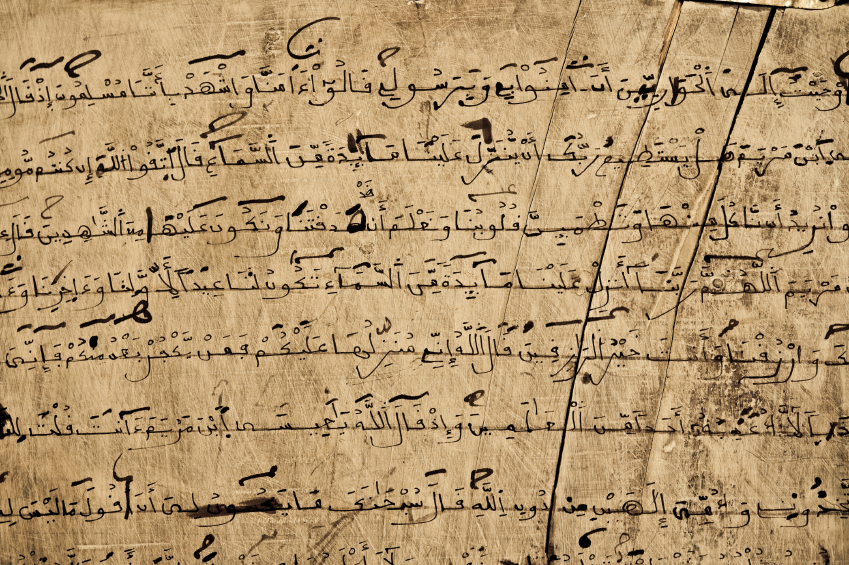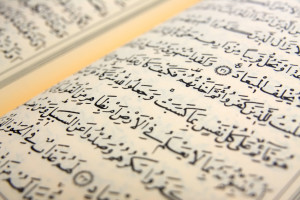
السلام عليكم ورحمة الله وبركاته,
We’ve seen when ضمة (dhammah) and the و will show that a word is in رَفع (raf’). Today we’re going to see how a very unique word shows that it has raf’, and that word is the dual noun. Unlike English, which only has singular and plural, Arabic also has a dual which is used when you’re talking about two things. Forming a dual is very straightforward in Arabic because all you have to do is add انِ (with a single kasrah on to the end of it). For example, adding انِ to the end of رَجُلٌ (“a man”) would get you رَجُلانِ (“two men”).
Substitution of ا for ضمة
ًوَأَمّا الألِفُ فَتَكُوْنُ علَامَةً لِلرَفْعِ فِي تَثْنِيَةِ الأسْماءِ خاصَة
As for the ا (alif), it is a sign of raf’ specifically when doubling the nouns.
ا is an indicator of raf’ in one situation: the dual noun. For example:
حَضَرَ الصَدِيقانِ (“the two friends arrived”)
- صَدِيقان is the dual of صَدِيْقٌ (“friend”)
- It’s in raf’ because it is the doer of the verb حَضَر (“arriving”)
- The sign of raf’ is the ا, substituting for dhammah that we saw at the end of صَديقٌ
- You’d think that the ن would be what shows the status, because it’s the very last letter, but it’s not. The ن will be there for a dual noun in all of its three possible states. As we’ll see later, what would change in the other states is that the ا would become a ي.
- The نِ (with a single kasrah) in the dual is a substitute for the tanween that we saw on صَدِيقٌ
The dual noun is any noun that indicates two masculines or two feminines, using an addition at the end. This addition removes the need for using the same word two times and using “and” between them. For example:
أقبَلَ العُمرانِ وَالهِندانِ (“The two Umars and the two Hinds came”)
The word ٍعُمَران indicates two males, each named Umar, because of the appearance of an addition at the end of it, and this addition is ان. It removes the need for using و (“and”) and repeating the name, so that you wouldn’t have to say حضَر عُمَرُ وَعُمَرُ (“Umar and Umar came”).
Similarly, ِهِنْدان indicates two females, each of them named Hind, because of the appearance ان at the end of it. It removes the need for using و and repeating the name, so that you wouldn’t have to say حَضَرَتْ هنِْدُ وَ هِنْدُ (“Hind and Hind came”).


